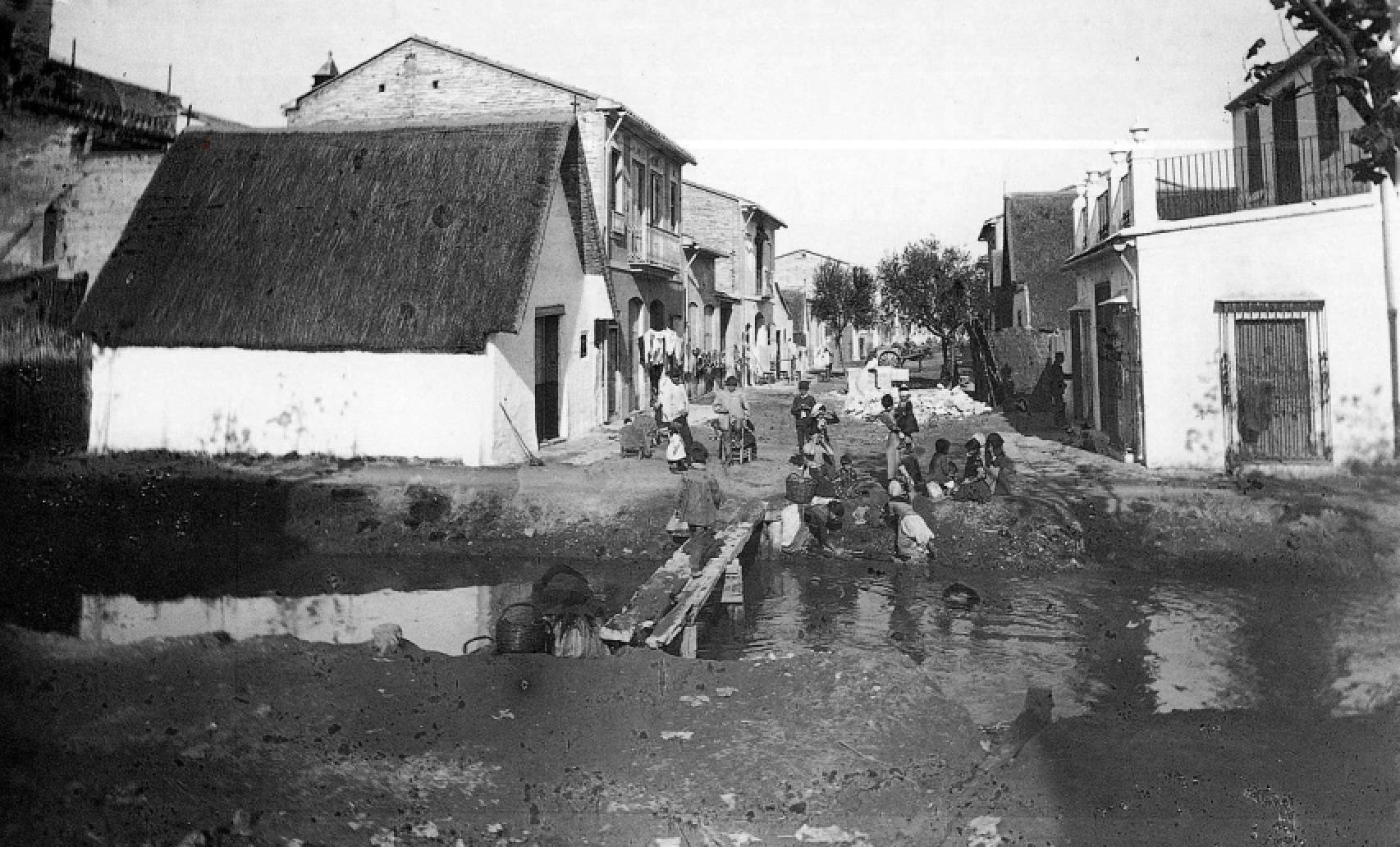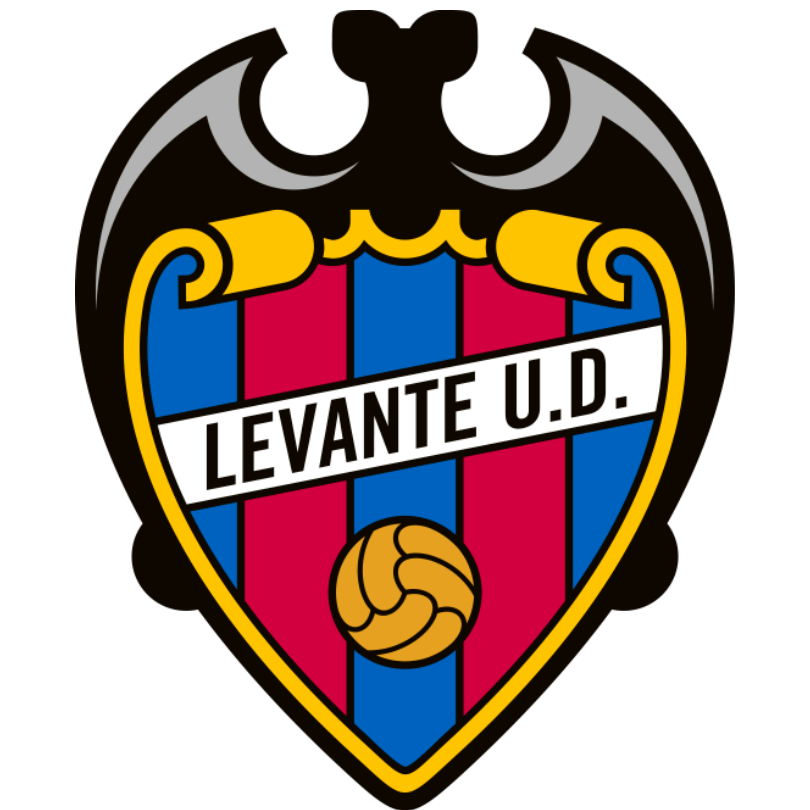The birth of football in Valencia

In the first week of September (1909), a succinct press release, which was published in various newspapers in the city of Valencia, confirmed the birth of Levante as a sports entity related to the football practice, once it had been registered at/in the companies house. José Ballester became the first president of this entity associated with Poblados Marítimos, the district in Valencia formed by the five neighbourhoods next to the sea. Simultaneously, the club Gimnástico was formed, this club was linked to the foundation known as Patronato de la Juventud Obrera. Amador Sanchís was the leading figure of the Presidency. At the time, it seemed like a pipe-dream venturing the transcendence, great development and impact that this discipline was about to achieve from a global perspective. As time went by, football struck the five continents to become a mass phenomenon with extraordinary monitoring, but the journey had been complex.
The epiphany of football in Valencia is connected to the experience given by the Exposición Regional of Valencia in 1909, an industrial and trade show that covered all of the cultural fields. That summer, the city enjoyed a competition represented by local and national clubs.
Football was presented to the public, even though its practice could be traced down in time. Perhaps, the extreme importance of Levante F.C. and Gimnástico, (which emancipated from the tutelage of Patronato de la Juventud Obrera) during the second decade of the 20th century, was given by the determined bet on this dicipline’s development and its stellar role in the structuring of football in the city, a fact that was possible because of the entities that were born together with the club’s growth and guaranteed its survival. In La Placheta pitch, inside the facilities of the Patronato, located in the Tendetes neighbourhoog of Campanar; in the Exposición pitch and, later in Campo de la Soledad pitch, football ignited and began attracting supporters.
